protecting trees from utility tree services
creekweb
9 years ago
Related Stories
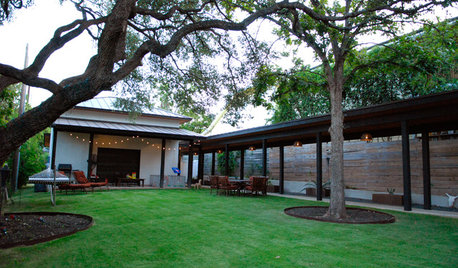
TREESHow to Protect Your Trees When You’re Remodeling or Building
Will your home be undergoing construction this year? Be sure to safeguard your landscape’s valuable trees
Full Story
GARDENING GUIDESTree Care: Common Tree Diseases and What to Do About Them
Learn to recognize trees that may be affected by diseases or pests so you can quickly take action
Full Story
GARDENING GUIDESHow to Keep Your Trees Healthy
Ensure your trees’ vigor for years to come with these tips for protecting roots, watering effectively and more
Full Story
HOUSEKEEPINGProtect Your House From Winter Water Damage
Avoid costly repairs by learning to spot potential problem areas before water damage is done
Full Story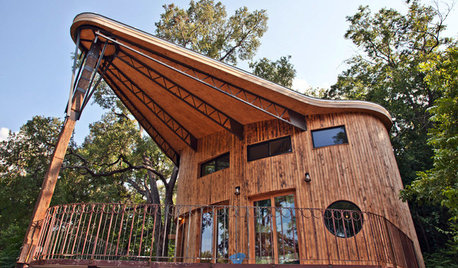
HOUZZ TOURSMy Houzz: A Reclaimed Wood House Rises From the Trees
Scorched siding, thoughtfully repurposed furnishings and a connection to both family and nature shine in this designer's new build
Full Story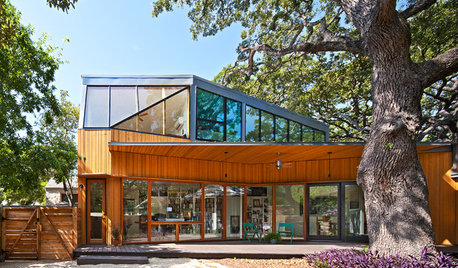
ADDITIONSHouzz Tour: Tree Respect Drives a Dynamic Modern Addition
Protecting a heritage oak calls for creative thinking, and this Texas home shows the successful result
Full Story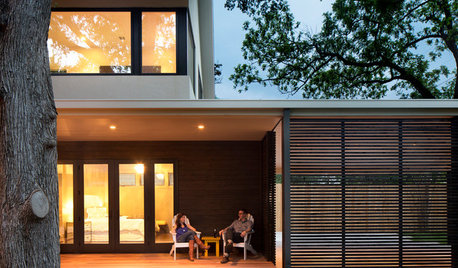
HOUZZ TOURSHouzz Tour: Up and Out Around a Heritage Tree
A Texas ranch house gets a modern makeover and a two-story addition that wraps around a protected backyard elm
Full Story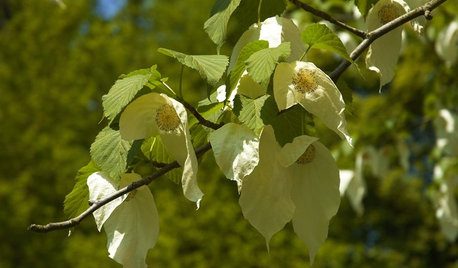
GARDENING GUIDESGreat Design Tree: The Dove Tree
With distinctive fluttery flowers and a height that towers over the landscape, the dove tree provides a respite from the summer sun
Full Story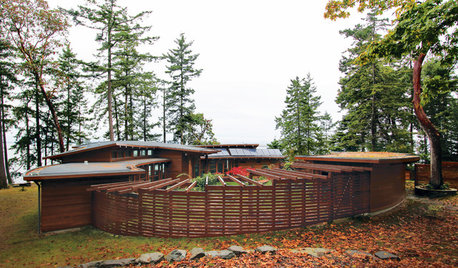
FENCES AND GATESA Deer Fence Can Be Decorative as Well as Protective
You need a monster-size fence to shelter your garden from deer, but it doesn’t have to look like a monstrosity
Full Story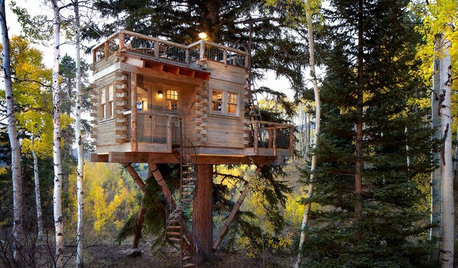
TREE HOUSESHouzz Call: Show Us Your Well-Designed Treehouse or Tree Fort!
Got a great treehouse or tree fort? We want to see it! Post yours in the Comments and we’ll feature the best in a future article
Full StoryMore Discussions







appleseed70
insteng
Related Professionals
Hershey Landscape Architects & Landscape Designers · Owings Mills Landscape Architects & Landscape Designers · Saint Louis Park Landscape Architects & Landscape Designers · Lakeland Landscape Contractors · Battle Ground Landscape Contractors · Firestone Landscape Contractors · Goodlettsville Landscape Contractors · Lakeville Landscape Contractors · Long Beach Landscape Contractors · Marlborough Landscape Contractors · Milton Landscape Contractors · Roseville Landscape Contractors · Shaker Heights Landscape Contractors · Westchester Landscape Contractors · Whittier Landscape Contractorscousinfloyd
appleseed70
creekwebOriginal Author
cousinfloyd
drew51 SE MI Z5b/6a
cousinfloyd
Fascist_Nation
lsoh
thecityman, Zone 7a/6b near Nashville
cousinfloyd
creekwebOriginal Author
hoseman
thecityman, Zone 7a/6b near Nashville